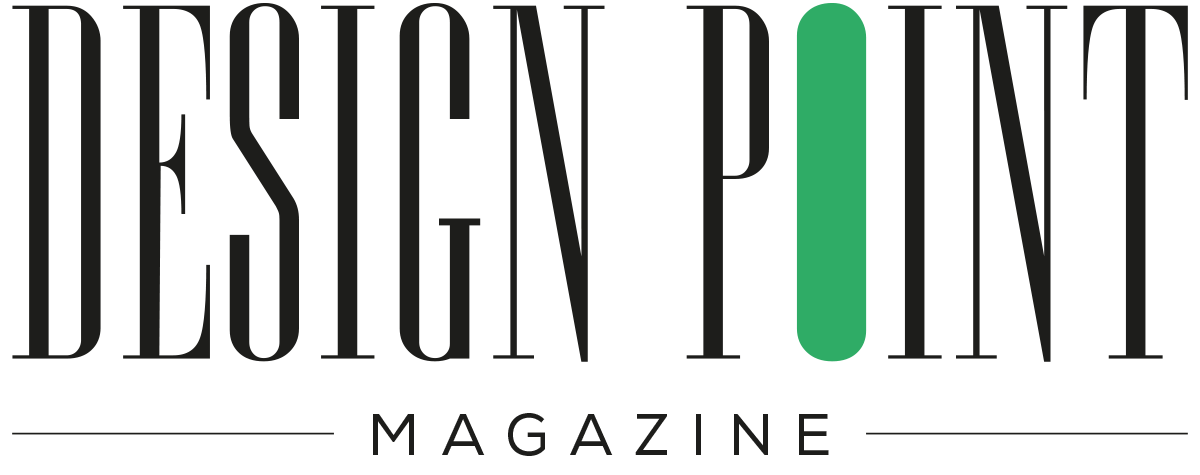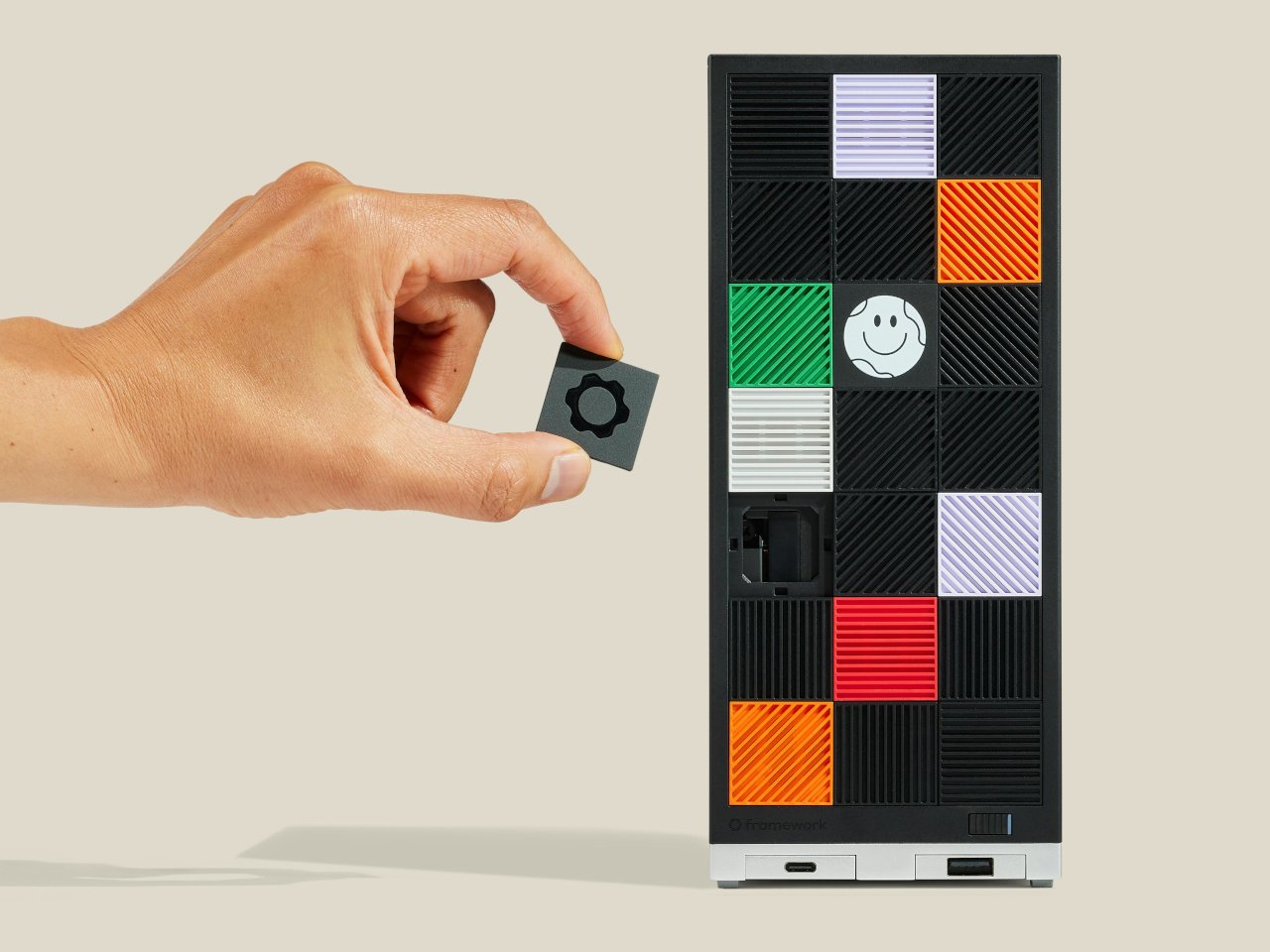The portability of laptops come at the cost of flexibility. Moving away from the open designs of their stationary desktop counterparts, these powerful mobile workstations used to leave little in the way of changing specs after they are purchased. It’s only recently that manufacturers have finally started to heed consumer demand for more repairable and, therefore, more modular laptops, but there are still limits to these designs.
We’re also seeing some of those limitations in the growing mini PC market, which is basically a mix of desktop and laptop characteristics. They’re smaller than towering desktops but more powerful than most laptops, but they also offer a few modular parts. Framework has long been championing modular designs and the right to self-repair, and it’s bringing that culture to new segments not only with its smallest laptop yet but also its very first desktop.
Designer: Framework
Framework Desktop
A desktop is already open and modular by nature, right? So what need would you have for a modular Framework Desktop? That’s definitely the first question that would come to anyone’s mind when hearing about the Framework Desktop. Technically, the design is based on a mini-ITX, so it’s closer to a mini PC, a very tall mini PC, than a regular desktop box.
What Framework brings to the table, quite literally, is a plethora of options when trying to build your own desktop, none of which are set in stone save for one. You have an AMD Ryzen AI Max processor at the center of it all, and your choice of storage, power supply, and cooling. Of course, you can also swap these out later on, bringing Framework’s repairable spirit to the mini-ITX space. The one you can’t change, however, is the RAM, which is unfortunately soldered due to its massive 256GB/s bandwidth.
There’s also a bit of customization freedom right off the bat, such as the choice between black or translucent side panels. The front panel has this tile-based design that you can personalize to your liking, and Framework even open sourced the tile designs so you can 3D print your own. The front ports feature the same Expansion Card system as its modular Laptops, so you can mix and match the ports your needs require. The Framework Desktop starts at $1,099.
Framework Laptop 12
Framework started with modular laptops but there was one segment it hasn’t touched until now. Convertible 2-in-1 laptops with touchscreens have become a popular design in the market, but it wasn’t in the company’s crosshairs before. Usually, that’s due to the complexity of the design and the price of components, so it’s almost ironic that the Framework Laptop 12 could be its most affordable one yet.
Moving slightly away from the “professional” aesthetics of its other laptops, the Framework Laptop 12 sports slightly more colorful designs complete with shock-absorbing TPU bumpers. It’s a design that screams it’s intended for student use, which was initially the goal years ago. Now it will be marketed for grownups as well, because who doesn’t want a powerful yet affordable laptop anyway?
The Laptop 12 will be running on 13th-gen Intel Core i3 and i5 processors, supporting up to 48GB of RAM. The “12” in its name signifies the 12-inch 1920×1200 display, the smallest so far from its roster. Its most notable feat, however, is the 360-degree hinge that would let you use it as a tablet and even write on the screen with a color-matching stylus. Unfortunately, no price has been announced yet.
The post Framework Modular Desktop and Touchscreen Laptop add more sustainable choices to the market first appeared on Yanko Design.

